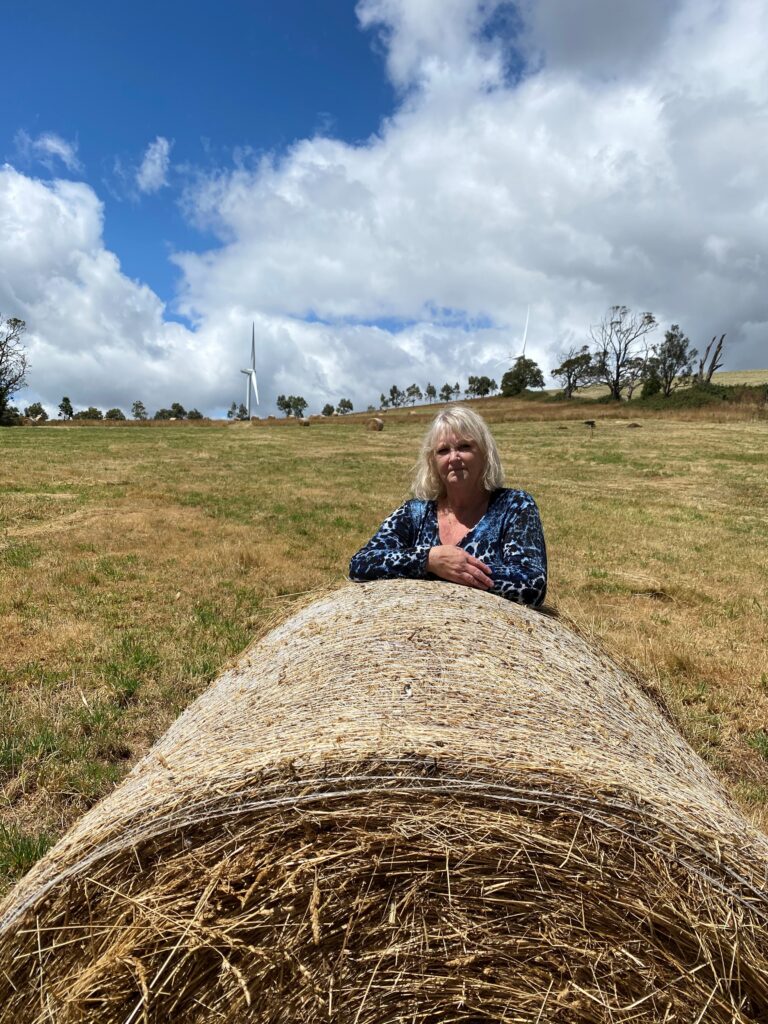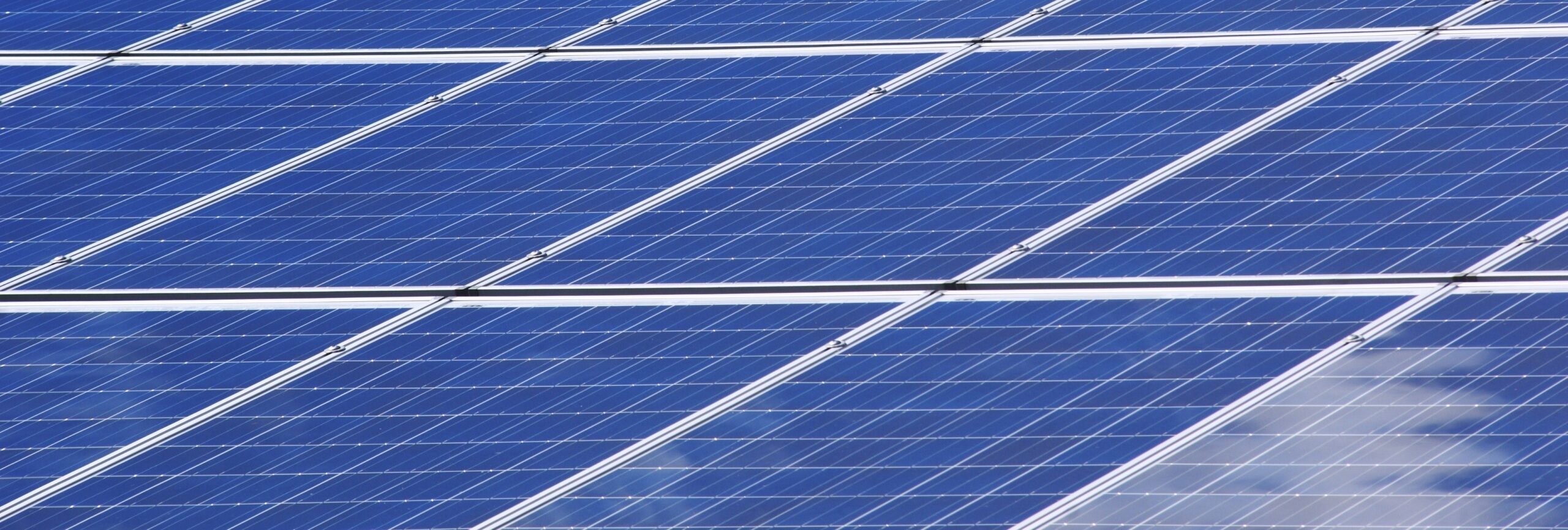January 17th, 2021Why not everyone’s a fan of a solar farm
But what happens when that investment is earmarked for a project which directly impacts on you?
When Adele Chivers, pictured, and her husband bought a property on Leonards Hill in 2007, they envisaged a sanctuary with idyllic vistas where their family could gather and they could eventually retire.

Shortly after they signed the deeds, two wind turbines were built on the paddock behind their house. As supporters of renewable energy this was something they learned to live with. Then in November last year, Adele was told the development was to be expanded with eight hectares of industrial solar panels reaching just 30 metres from their property. This, she says, is too much.
“When the wind turbines operate, they run all night,” Adele told The Local. “You can hear the constant whoosh from inside the house.
“I’ve learnt to look at the wind farm in a positive way. But I can’t be positive about this latest development. It’s much more intrusive and much closer to my fenceline.”
Hepburn Wind, the community co-operative which owns the 4.1 MW wind farm, has been monitoring the Leonards Hill site for three years to determine its suitability for solar. Feasibility studies showed that a mid-scale solar development could double the farm’s renewable energy capacity, abating the emissions of more than 1500 residential homes.
“What we are proposing is an Australian first for how to integrate solar appropriately into valuable agricultural areas,” said Hepburn Wind spokesperson Taryn Lane.
“The solar array will be placed on the least arable area on the farm using a technology which reduces the footprint of the solar system by over 50 per cent.”
The site was selected for maximum sun and its proximity away from tree lines and close to existing infrastructure. Panels will be one metre off the ground and special permission has been sought to forego lighting and security fencing to minimise the impact on neighbouring properties.
The project has been supported by Hepburn Shire and in 2019 received a $500,000 grant as part of the Victorian Government’s Renewable Communities Program.
A social licence to operate
Research has shown that community acceptance of renewable energy farms in rural areas is most successful when accompanied by transparent well-structured community engagement. Adele says that in this case, communication has been lacking.
“They have been working towards this development for three years but the first I heard about it was on Melbourne Cup weekend last year when I was sent specifics of the project and a detailed image. As the plans come to 30m from my fenceline I find it extraordinary that no-one was in contact before it reached this stage.”
Hepburn Wind say they have gone out of their way to keep the community informed, releasing updates through newsletters, local and social media and community meetings.
While it had been challenging during COVID-19 to know if people with weekender properties were being kept in the loop, Taryn said that multiple letters had been sent. However, due to privacy regulations, “we were using old information which was unfortunately incorrect in a few cases”.
In coming months, as part of the State Government planning permit assessment process, all neighbours will be formally notified and provided instructions on how to make a submission about the proposal. An opportunity Adele says she will be taking.
“I don’t want the green fields around my property replaced with shiny, noisy, industrial-scale solar panels. Just thinking about it makes me ill.”
“Hepburn Wind has the high moral ground here, and they are so confident that everybody should be happy with their plans.
“I’m in favour of renewable energy but I’m having my sanctuary threatened and I feel people will be judging me for objecting.”
Words: Jane Williams | Image: Kyle Barnes










